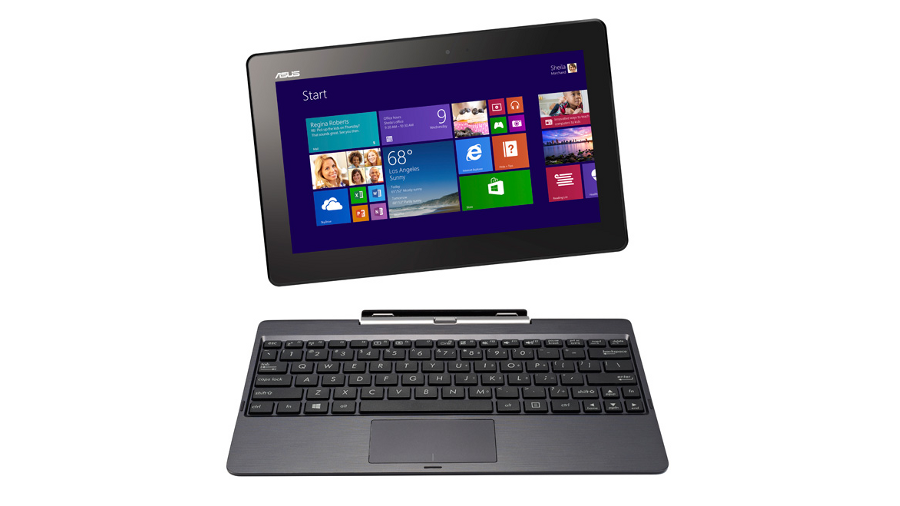Why you can trust TechRadar
Benchmarks
Cinebench 11 - CPU - 1.09pts, OpenGL - 6.09 fps
3DMark - Ice Storm - 15842
Cloud Gate - 1222
Fire Strike - 0 would not run
Asus has aimed to keep the Transformer Book T100's price down by opting for fairly pedestrian hardware under the bonnet. Crank it open and you'll find a 1.33-GHz quad-core Atom Z3740 processor, alongside 64GB of eMMC flash storage (you can only get the 32GB version in the UK).
That's all backed up by 2GB of DDR3 RAM, which limits the performance of the device (versus 4GB) but was likely a decision made to keep costs as low as possible. The T100 boots to the desktop in around 18 seconds, not that you'll be doing a great deal of it as Windows 8.1 lets the device wake up within seconds in a similar manner to an iPad.
Sign up to the TechRadar Pro newsletter to get all the top news, opinion, features and guidance your business needs to succeed!

Once you're up and running, it becomes clear that the T100 provides enough power to keep things ticking along nicely, though proceedings begin to slow down pretty quickly when running demanding desktop applications such as Photoshop CS5.
However, there's more than enough power for basic tasks, providing enough grunt to keep anything from five to 10 apps from the Windows Store open at once without causing noticeable slowdown. Playing 1080p video from YouTube while keeping applications open caused little impact on the overall performance of the system, though scrolling up and down became slightly jagged in Internet Explorer 11.

There is an upshot to the T100 only being able to handle average computing tasks - battery life. It managed to keep going for 10 hours and 45 minutes on 3D Mark's Home Battery test, which runs through a cycle of opening and closing applications and playing HD video files until no battery life remains. It means that you no longer have to plump lots of money for a Haswell-based laptop if battery life is high on the agenda to get hold of the full Windows experience.

